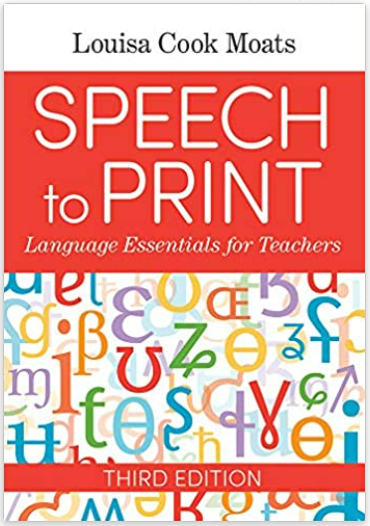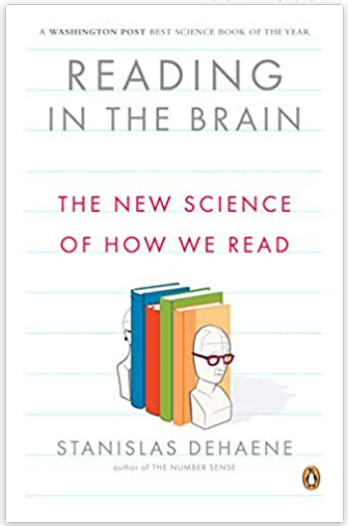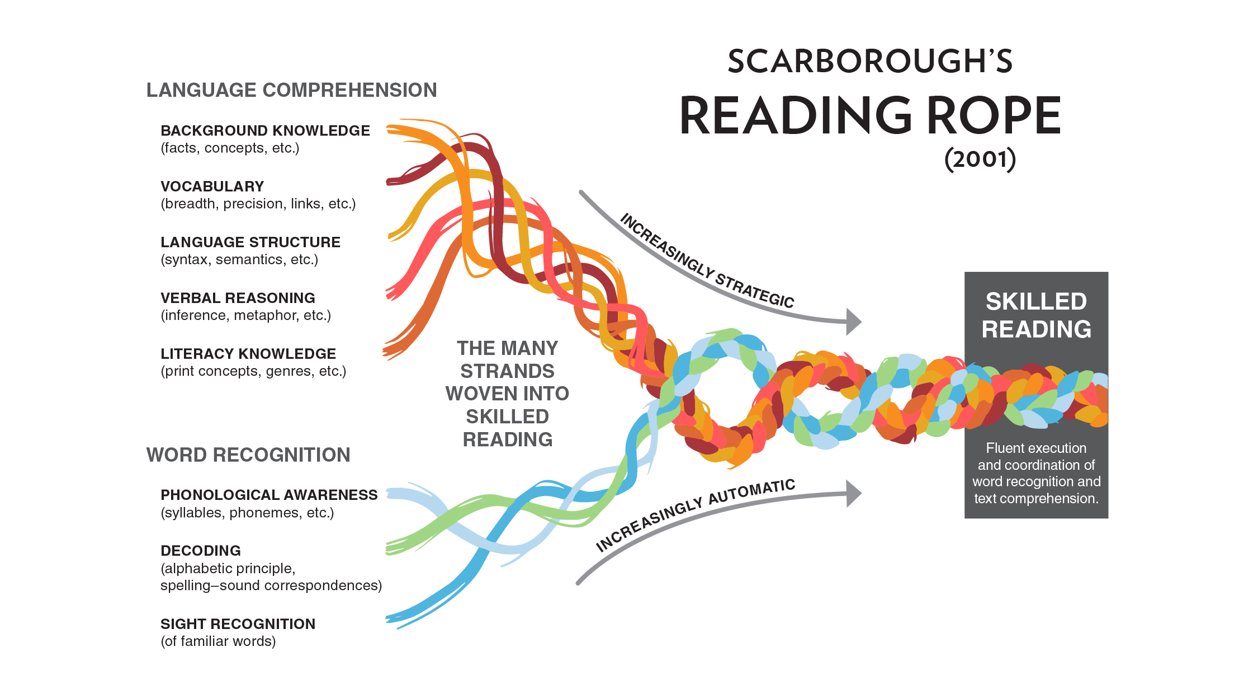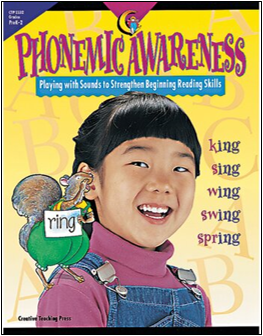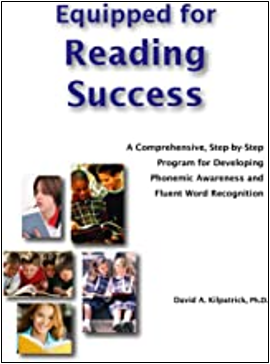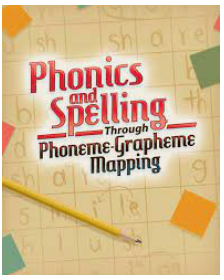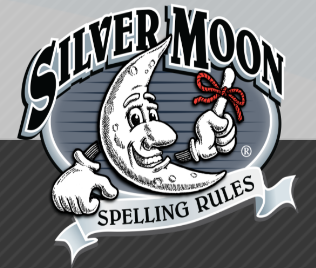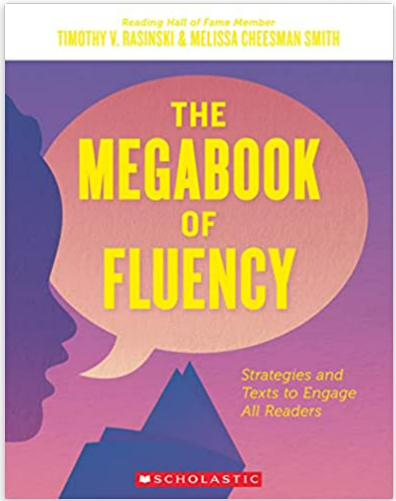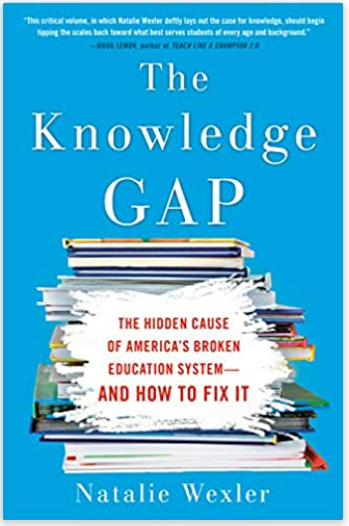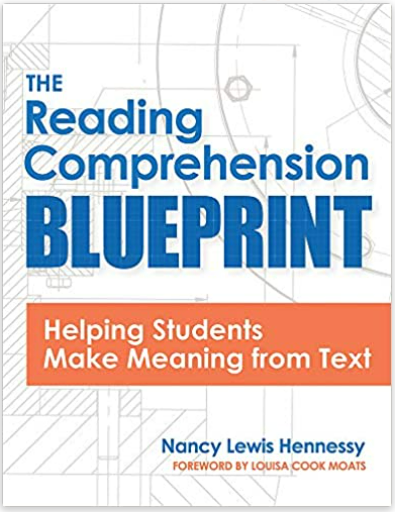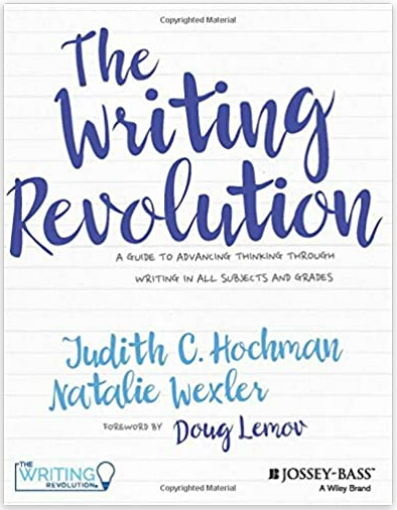- Author:
- Abigail Mahoney, Brenda Anderson, Sandra Lutz, Pamela Grasby Sawatzky
- Subject:
- Elementary Education, English Language Arts
- Material Type:
- Lesson, Teaching/Learning Strategy, Assessment, GAP 4, GAP 5, GAP 6, Reading
- Level:
- Lower Primary (K-2)
- Tags:
- License:
- Creative Commons Attribution Non-Commercial
- Language:
- English
- Media Formats:
- Downloadable docs, Interactive
Education Standards
Decodable Reader Resources - The Reading League
decodable readers
Decoding and Encoding Continuum- PDF
Decoding and Encoding Continuum- Word Document
Explanation Page for Parents
FYI for Science of Reading
Grade Level Continuum
Green Binder Scope & Sequence (by grade)- BFR and SS
Handouts for Silver Moon Book 1
Handouts for Silver Moon Book 2
Handouts for Silver Moon Book 3
K-2 chart - What if a student does not seem to comprehend text
Morphology by Elizabeth Johnson
Morphology PowerPoint
Morphology Presentation Recording
OG (Orton-Gillingham) Scope and Sequence
Phonological Awareness Screening Test
Quick Phonics Screener
Reading Data Excel File
Science of Reading PowerPoint Presentation
Scores for Level Determination
Silver Moon Spelling Rules - Syllable Division Rules
Syllables and Syllable Division
Table of Information on Decodable Readers Resources
Video 1 - How to Use the Reading Data Excel File
Video 2 - Using the Excel Spreadsheet for Benchmark Assessments
Weekly Word Study
Word Family Assessment
Word Sorts
Science of Reading Resources
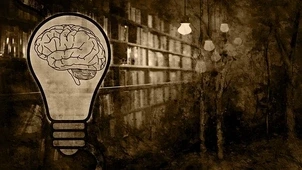
Overview
This collection houses resources that support teachers in implementing research and evidence-based practices in the instruction of reading. This collection is being added to and developed and is a "work in progress!" Please continue to check back as we add more resources and links!
Science of Reading Presentation
This section contains a recording of a session being presented to teachers, as well as the accompanying PowerPoint presentation.
The Science of Reading
In this section are some resources and links for additional information about the science behind how our brains read and spell (decode and encode) and what we should be doing and how we should be teaching reading and spelling.
Stanislas Dehaene- How the Brain Learns to Read: https://www.youtube.com/watch?v=25GI3-kiLdo
"Science of Reading: the Podcast" by Amplify Education: https://amplify.com/science-of-reading-the-podcast/
Emily Hanford Trilogy: https://resourcebank.ca/courses/emily-hanford-podcasts-apm-documentary-trilogy
Dr. Louisa Moats Interview: https://www.youtube.com/watch?v=NE_t7Qj_rF8
Teaching Reading is Rocket Science by Louisa Moats: https://www.aft.org/ae/summer2020/moats
The Reading League (the professional development videos here do need to be purchased): https://thereadingleague.uscreen.io/
The Science of Reading: A Defining Movement ebook: https://www.thereadingleague.org/what-is-the-science-of-reading/
Scope and Sequence
Biggar Central School 2000 worked with the following two resources to develop a scope and sequence for the Science of Reading. The Scope & Sequence is attached. The teachers also developed a Grade Level continuum that is attached. In addition, please find a suggested Scope and Sequence from Orton-Gillingham Fellow, Elizabeth Johnson. Lastly, teachers from Davidson School, Kenaston School, and Loreburn School used multiple resources, including the two below, Speech to Print by Louisa Moats, and Uncovering the Logic of English by Denise Eide (in addition to a few others), to develop a decoding and encoding continuum for Grades K-12. Please find it attached.
Phonics and Spelling Through Phoneme and Grapheme Mapping
Phonological Awareness
Phonological Awareness is:
is the ability to recognize and work with sounds in spoken language
is the foundation for learning to read
some kids pick it up naturally, but others need to be taught
you can do phonological awareness with your eyes closed
Please find attached some resources to use as an effective way to teach/review Phonological Awareness.
Phonics
Phonics has to do with printed language. It deals with letters and the various sound units represented by those letters.
Students need to know the sounds that letters and blends make with automaticity in order to be able to fluently read. One method of developing these skills is to have students tap the charts. This allows them to learn the sound by seeing it, associating it with a picture, hearing it, saying it, and also touching it. Here is a link to some videos to share with students and parents on how to tap the charts.
Coming soon...
Sun West School Division is in the process of developing Alphabet charts for students to use in our division. We will post these as soon as they become available.
Elkonin/Sound Boxes are an amazing way for students to learn about sounds in a word and map the letters that represent them. The following resource is an amazing tool. Handouts have been developed and are attached for Word Sorts for each of the lessons in the resources pictured below. Students can either cut apart the words listed and manipulate them physically, or sort them by writing them in columns!
As students advance, they move beyond decoding the letters and onto learning the importance of syllables. Attached please find Silver Moon's Syllable Division Rules Booklet. In addition, a PowerPoint describing syllables and syllable division is attached. The Silver Moon Spelling Rules (website linked below) is an excellent resource to teach the rules for why words are spelled the way they are. Remember that most of the words in the English language are spelled according to a rule. Also attached, handouts have been created to go with everyone of the Silver Mooon Spelling Rules for all three levels.
Students will also learn about morphology (the study of the forms of words, including prefixes/suffixes/etc.) as they advance. Please find two documents attached giving more information about morphology. The first is a pdf of a presentation given by Orton-Gillingham Fellow, Elizabeth Johnson. Second is a brief PowerPoint explaining the highlights and importance of morphology.
Fluency
Fluency:
Is the ability to read text accurately, quickly, and with expression.
A fluent reader can focus their attention on what the text means.
Timothy Rasinski is a leading researcher and practitioner in the area of fluency. Here is a video of a presentation he has given on fluency: https://www.youtube.com/watch?v=FnskirgRFRU
Vocabulary
Vocabulary plays a fundamental role in the reading process and contributes greatly to a reader's comprehension.
There are four types of vocabulary:
Listening vocabulary: the words we need to know to understand what we hear
Speaking vocabulary: the words we use when we speak
Reading vocabulary: the words we can read and understand
Writing vocabulary: the words we use in writing
See below for a recommended resource.
Comprehension
The final goal of reading instruction!
Please see the document attached entitled: What If a Student Does Not Seem to Comprehend Text?
Student Assessment
Using a combination of three assessment tools, students are assessed on their basic phonics skills, word family skills as well as Phonological Awareness level. These tests combine to give an accurate picture of where students are starting from, as well as how they grow and progress. Some versions of these tests can be found online and the word family test is attached.
You can also order this resource on line at https://www.readnaturally.com/product/quick-phonics-screener
Word Family Assessment (attached)
Phonological Awareness Screening Test (training available on using this assessment for Sun West teachers on Frontline)
The following file is what has been developed to score the assessments above. Note that students are given a score of green for Level Achieved, Yellow for Level Approaching Achievement, and Red for Level Not Achieved.
Scores for Level Determination (attached)
The scores can then be transferred to the attached Excel spreadsheet to keep track of progress and easily share results with parents and students. There are two videos attached to walk you through how to use this Excel File.
Explanation Page for Parents (attached)
In and after conversation with parents, this page can be used to help explain and reinforce what you have done for Benchmark Screening. It helps parents understand the different parts of the screener and shows them the foundations of the Science of Reading.
Basic Reading Skills Assessment Excel File (attached)
The link below is a video on how to do the Benchmark Reading Assessments suggested here. It includes videos of a student actually doing the assessment, as well as explanations on what the assessment covers, how to do it, and what the results can tell you.
Benchmark Assessment Reading Video
Writing
There are important ways that the science has shown we should be teaching reading.
Steven Graham is a leading researcher in the area of the science behind how we learn to write. Here is a video of a presentation he has given: https://www.youtube.com/watch?v=HgBHWp4MNTY.
This is a link to an analysis of the writing research that exists and the recommendations based on this research: https://ies.ed.gov/ncee/wwc/PracticeGuide/17#tab-summary
The Writing Revolution is an amazing and practical guide to implementing research-based writing practices in the classroom. The website has many free resources to use as well. https://www.thewritingrevolution.org/
Resources
As you begin to use the Science of Reading in your classroom, here are some resources that you can make use of. Students that are beginning to read will need Decodable Readers. Attached are a couple of lists of possible resources. Some of them are free and some are available for purchase. The Early Literacy Team looked into some Decodable Reader resources and summarized their findings in the table below.
Decodable Reader Resources - Literacy Nest
Table of Information on Decodable Readers
We have also attached a sample of the Weekly Word Study that was developed by Biggar Central School 2000.
Please take a look at the attached FYI document, which, on the last page lists many different resources that are valuable tools in learning more about and implementing, the science of how students learn to read in the classroom.
Check out this great idea for helping students develop oral story telling skills.
Story Telling, Story Acting: Introduction, Roll Out, Model Lessons - Somerville Early Education
Decodable Readers
The document attached below contains information on decodable readers that are avaiable to use and purchase in classrooms. A number of options are provided, and links for more information or ordering are also provided.
